Silencing Squeaky Hardwood Floors
Squeaky hardwood floors have a several causes: joists that are undersize or that have become weakened by rot or termites, dried out joists that have...
Despite the development of less expensive synthetics, wood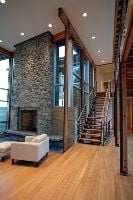 flooring remains more popular today as it was in the past. Hardwood floors are sometimes made from soft woods such like fir, hemlock and redwood. The most common hardwood floors include oak, maple, birch, and beech.
flooring remains more popular today as it was in the past. Hardwood floors are sometimes made from soft woods such like fir, hemlock and redwood. The most common hardwood floors include oak, maple, birch, and beech.
The grain in wood provides natural texture and pattern. Both strip and plank flooring have their own intrinsic design; often this design can be enhanced by the way in which the strips and planks parquet are laid. You can create quite a different look by making a parquet floor from scrap lumber cut in end grain blocks. Special effects in existing wood floors can be produced by use of durable paints, colorful stains, special finishes, or stencil patterns.
Floors that are properly sealed are resistant to stains, scuffs and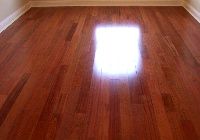 scratches. When the floor is worn, it can be refinished to look like new. High grade hardwood is expensive, but the cost is offset by its durability. Wood floors shrink in heat or swell in dampness. They require a very carefully prepared subfloor and a moisture free environment.
scratches. When the floor is worn, it can be refinished to look like new. High grade hardwood is expensive, but the cost is offset by its durability. Wood floors shrink in heat or swell in dampness. They require a very carefully prepared subfloor and a moisture free environment.
Wood flooring is generally not very difficult to install, but before you decide to work with it, consider the fact that preparing a base for wood flooring ca be more demanding than putting in the new flooring itself. In fact, moisture can make some rooms unfit for 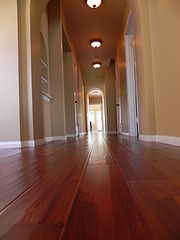 wood flooring. In particular, wood floors are seldom installed in rooms that are below grade or in areas that are subject to dampness, unless laminated parquet or planks are used and careful steps are taken to keep moisture from reaching the wood.
wood flooring. In particular, wood floors are seldom installed in rooms that are below grade or in areas that are subject to dampness, unless laminated parquet or planks are used and careful steps are taken to keep moisture from reaching the wood.
Almost all wood flooring can be classified into three basic types- strip, plank, and parquet. Each has its own character and special uses.
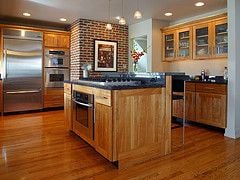 convenience.
convenience.

Squeaky hardwood floors have a several causes: joists that are undersize or that have become weakened by rot or termites, dried out joists that have...
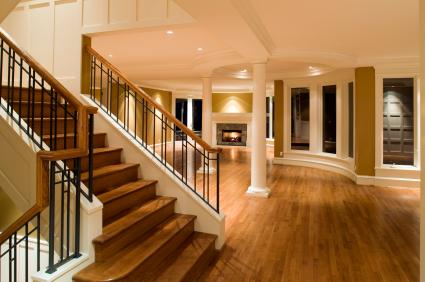
Part 3 of 3 is on selecting and applying the perfect finish to your floors.
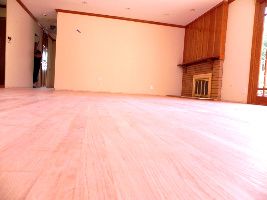
In part 2 of 3, we discuss what you need how to sand your hardwood floors. Sanding a Strip or Plank Floor: Tools: Drum sander, edger, nail set,...